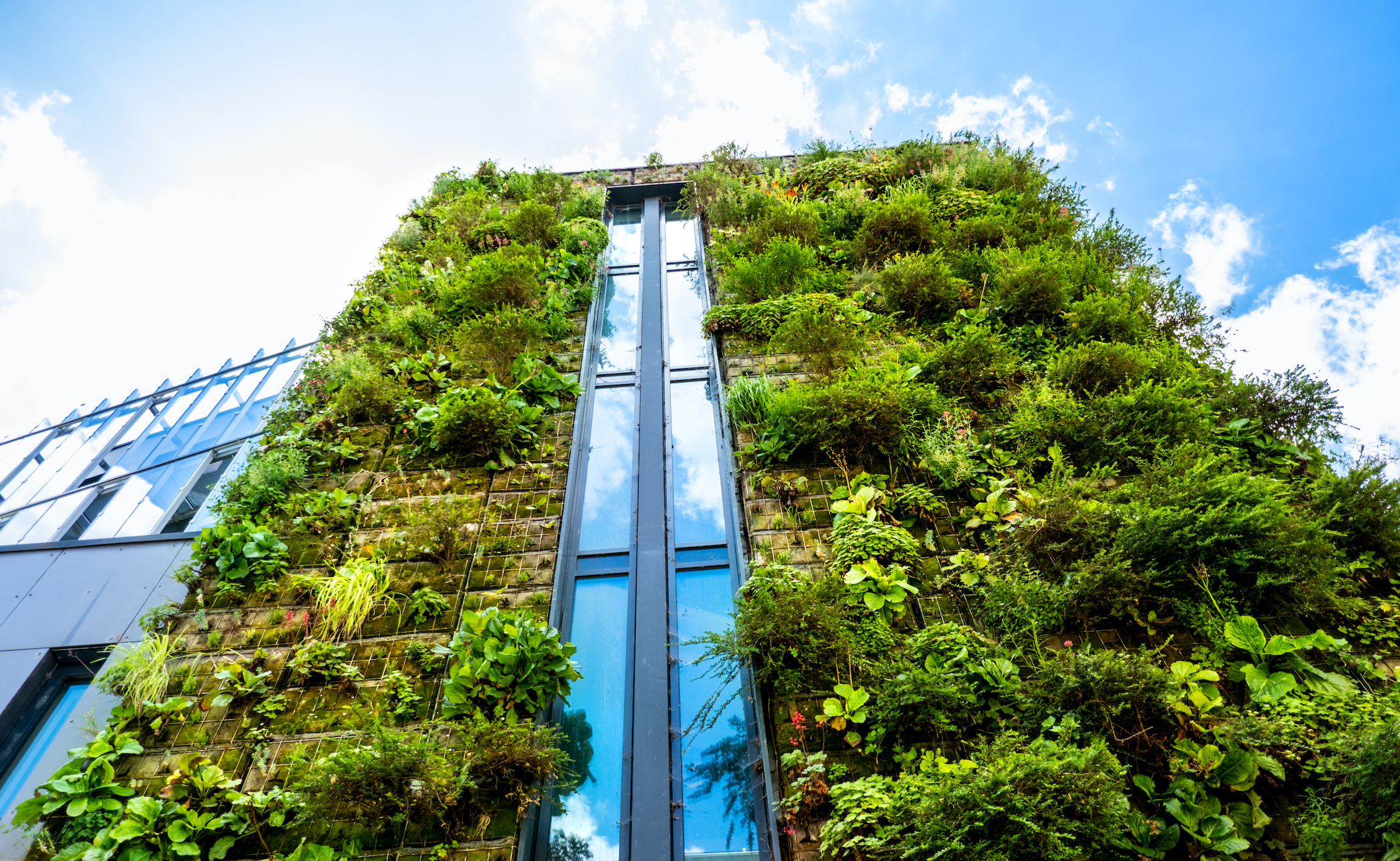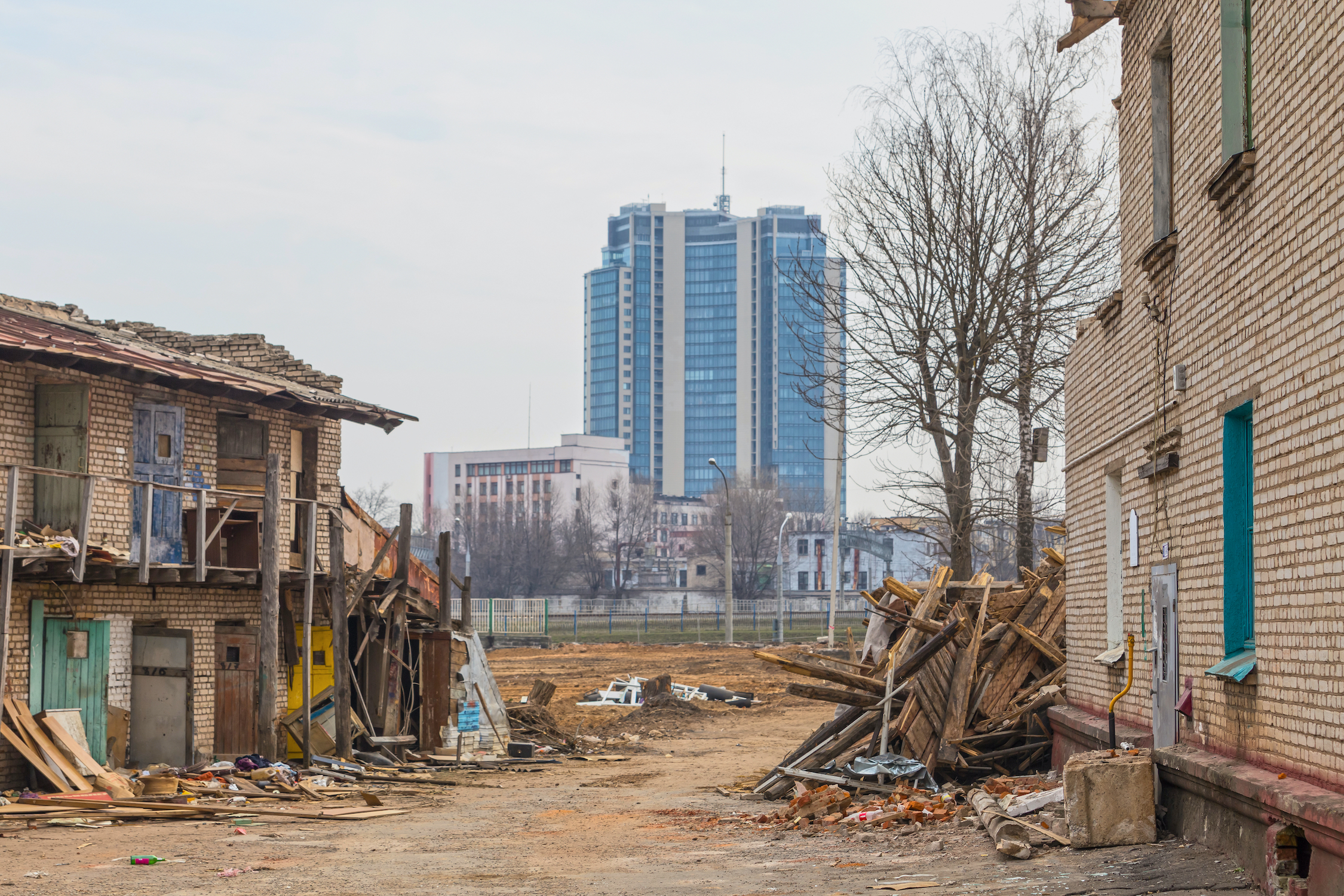When you're talking about spending billions of pounds of public money to invest in education or transport infrastructure, you need to recognise that you will get a greater value for your money if you think about the additional capital assets that go alongside whatever your remit is at the same time. With regards to education policy, we need to ensure the skills we're providing young people with are going to make them fit for the new low-carbon, climate-resilient economy. We need to ascertain that when we develop stimulus packages or economic aid, we are using that money to target the industries of the future: low-carbon energy, mass transportation, strong information and communications technologies, and digital literacy and skills within the labour force. That's where we need to invest our money. That's where we need to provide the subsidies, instead of buoying the dying dinosaur industries of the past.
The transition towards a low-carbon economy
Bennett Chair in Sustainable Finance
- The transition towards a low-carbon economy to bring ourselves in line with the Paris climate agreement is going to be disruptive. It's going to affect everyone, which means some jobs are going to change.
- The wealth economy framework helps us process these problems because it helps us understand the complementary and mutually reinforcing nature of the environment and health and skills and infrastructure.
- So far, we have neglected many of the distributional consequences of environmental policies. Therefore, you're much more likely to have access to urban green space or to have a garden with green space of your own if you live in an affluent area.
- Global supply chains connect us in terms of the goods and services we can produce, but they can disconnect us in terms of environmental, health and social consequences of that production.
Investing in the future

Photo by Halfpoint
A deep, disruptive transition
We need to consider many different factors when we design carbon policies to try and bring ourselves in line with, for instance, the Paris climate agreement. The wealth economy framework helps us process these problems because it helps us understand the complementary and mutually reinforcing nature of the environment and health and skills and infrastructure. We must understand that the transition towards a low-carbon economy is going to be deep and disruptive. It's going to affect everyone in the economy, and that means some jobs are going to need to change substantially. In order to do that, we must have the training skills in place beforehand so that people can find their place in the new economy. It's going to be difficult, and sometimes I think economists are a bit too optimistic, perhaps a bit naive about the transition and the hardship this will generate. For example, the robust English coal mining towns of 50 years ago, have been left behind, forgotten. After the mines were closed because they were replaced with more modern energy sources, it was incredibly difficult for these towns and their inhabitants to find their role within a different economy. The scale of transition that we're looking at now is just as big, if not bigger.
A need for integration

Photo by KaryB
What do we need to manage this transition more successfully? We need to ensure that every new university degree and every new vocational course prepares people for the new economy, not for the previous century. We need to make sure that we understand the geographical distribution and the context in which these policies are going to land when we design them. There's no point in developing an environmental bill that talks about our climate negotiations and our carbon budget and then ignores, for instance, the planning bill, which will determine which buildings we create and to what standards. These things need to be thought about in combination so that as we develop and grow our economy, we can retrofit buildings with better insulation and with solar panels.
The new buildings that we create in our construction industry are going to be low-carbon and climate-resilient. That's the kind of thinking that we need. We can't just throw it all into an environment bill and believe the environment ministry is going to fix the entire global economy. It won't. It can't. This needs to be the way that we think across government, from the Treasury to the central bank, to the environment ministry, the health ministry and the transport ministry. We must integrate all of these different sectors of macroeconomic and government policy, as well as the themes around which they can work together: the combination of assets and wealth – our physical, human, natural and social capital.
The benefits of a new way of thinking
The biggest benefit of thinking in terms of these capital assets is that they are forward-looking. Their value is determined by what we expect to do with them in the future. If we think that we are going to wish climate change away rather than address it, then we can expect that all of our physical infrastructure issuing to suffer in terms of its economic value. A just-in-time supply chain is more profitable in a world without catastrophic storms that interrupt it. We need to think about how our transport infrastructure is going to be climate-resilient and how it's going to stop contributing to the problem of climate change. That means solar-powered, wind-powered and nuclear-powered mass transportation. It means getting away from fossil fuels. As soon as we do it, the sooner that we do it, the cheaper and easier it will become because as we learn how to improve these technologies rapidly as we develop them.
Inequality in accessing nature
The global economy is highly unequal. That's true across countries, but also within countries. It's a multidimensional problem. One contributor to this problem has been an economic measurement system that has failed to reflect the extent of this inequality. What we need instead are new economic measures, which can teach us about the inequality that we face, and the inequalities built into infrastructural design, housing and educational policy. We should design policies that make access to education and green space more equal. The great thing about, for instance, nature and natural capital are that they can benefit all people, whether you're wealthy or not.
So far, we have neglected many of the distributional consequences of environmental policies. Therefore, you're much more likely to have access to urban green space or to have a garden with green space of your own if you live in an affluent area. If you are on a lower income, it's going to be much harder to have these assets nearby. We need to develop planning policies to democratise access to nature.
The problem with global supply chains
We know that the organisation of our modern economies allows for goods and services to be developed along a very long, global supply chain so that a simple water bottle that I buy here, in the UK, was extracted in India and then refined in China. Then, the water bottle was traded back and forth amongst a few other countries for the paint and for the rubber seal and then brought here to the UK for the packaging and final marketing. These global supply chains don't just separate the practice of extracting the raw materials from producing them or from consuming them, they also separate, in many instances, the environmental and social consequences of each of these steps. In the UK, we consume goods that utilise rare earth metals or minerals that are mined by abused workers elsewhere in the world. As consumers of the final goods, we are linked directly, or indirectly, to the unfair labour practices that occur on the other side of the world that enable us to have what we want or need. Thus, if we buy a bicycle or a car here in the UK that was assembled from components manufactured in China, our consumption has social and health impacts on the workersn in China who face high carbon emissions and bad air quality.
Global supply chains connect us in terms of the goods and services we can produce, but they can disconnect us in terms of environmental, health and social consequences of that production. What are the implications? Inequality soars between consumers and the people who suffer the effects of mass consumption-induced climate change. This is a major problem for us to figure out.
Addressing inequality

Photo by KPad
One of the things that the wealth economy approach focuses on is our stocks of different kinds of economic assets: human, social and natural capital, as well as infrastructure capital. However, we haven't explored the distribution of these assets within and between countries nearly enough. The next big innovation that I see for our team and economists around the world is to study beyond income inequality, focusing on inequality in access to these underpinning assets, things like nature, human health and education. It's these inequalities that we're going to need to address if we want to have stable political systems. When we fail to address social inequalities, either within countries or between them, we face an erosion of democratic institutions, an erosion of public confidence and public trust, which undermine the quality of life and economic progress.
Discover more about
the transition towards a low-carbon economy
Agarwala, M., Cinamon Nair, Y., Cordonier Segger, M.C., Coyle, D., et al. (2020). Building Forward: Investing in a Resilient Recovery. Bennett Institute for Public Policy, University of Cambridge.
Zenghelis, D., Agarwala, M., Coyle, D., Felici, M., Lu, S., and J. Wdowin (2020). Valuing Wealth, Building Prosperity. Bennett Institute for Public Policy, University of Cambridge.
Coyle, D., Zenghelis, D., Agarwala, M. (2019). Measuring Wealth, Delivering Prosperity. Bennett Institute for Public Policy, University of Cambridge.
Agarwala, M., Atkinson, G., Palmer Fry, B. et al. (2014). Assessing the relationship between human well-being and ecosystem services: A review of frameworks. Conservation and Society, 12(4), 437-449.